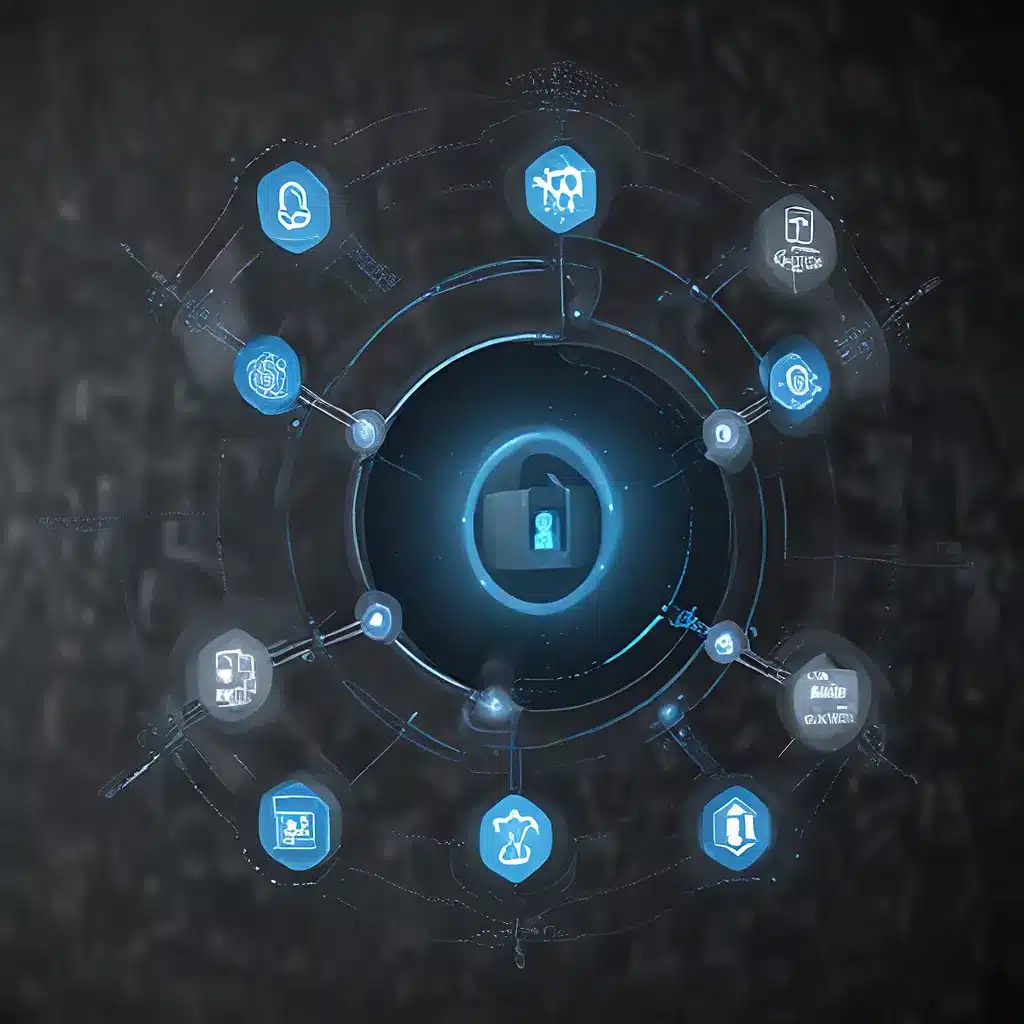
As the Internet of Things (IoT) continues to revolutionize how we interact with technology, the importance of sensor network security has become paramount. The proliferation of interconnected devices, from smart home appliances to industrial machinery, has dramatically transformed our daily lives, but this advancement also brings complex cybersecurity challenges.
Understanding the relationship between IoT and cybersecurity is crucial for professionals in this rapidly evolving field. IoT devices are typically composed of sensors, microcontrollers, network interfaces, and software, all working together to collect, process, and transmit data. This interconnected ecosystem presents distinct challenges that differ from traditional cybersecurity, making the need for comprehensive security measures more pressing than ever.
The Unique Challenges of IoT Cybersecurity
The IoT ecosystem introduces a myriad of security risks that must be addressed to protect data networks and devices from ever-evolving digital threats. Some of the key challenges include:
Unauthorized access and control of computer-controlled systems, where attackers can alter the function of critical infrastructure like power plants, water systems, or databases, rendering them entirely inaccessible.
Unauthorized access to personally identifiable information (PII), including sensitive data that can be exploited by attackers, posing a significant threat to both organizations and individuals.
The integration of legacy devices, such as older smart speakers and smartphones, further compounds these security challenges, as the disparity in security measures between newer and older devices creates additional vulnerabilities across the entire IoT network.
Securing the IoT Ecosystem
Protecting the interconnected systems of IoT demands a multifaceted approach to address security vulnerabilities and ensure system safety. Key strategies include:
Encryption: Encrypting sensitive information during transmission and storage is essential to shield against unauthorized access and maintain the integrity of the data.
Timely Updates and Patches: Continuously addressing vulnerabilities through regular security updates and patches is crucial to keeping up with the ever-changing IoT landscape and maintaining robust protection.
AI and Machine Learning: Leveraging Artificial Intelligence (AI) and Machine Learning (ML) algorithms can significantly improve IoT cybersecurity by analyzing vast amounts of network data in real-time, identifying and mitigating security gaps, and helping organizations implement more proactive cybersecurity measures.
5G Technology: The advent of 5G technology offers faster speeds and reduced latency, enhancing data transfer and communication within IoT networks. However, these improvements also introduce heightened security risks, necessitating the implementation of stronger security protocols to thwart unauthorized access and maintain the integrity of the network.
Securing IoT Applications Across Industries
The IoT ecosystem has transformed various industries, including healthcare, transportation, fitness, and households, each with its own unique security challenges:
Healthcare: The integration of intelligent wearable devices in healthcare has led to significant cybersecurity issues, as health data is essential and a tempting target for attackers.
Transportation: Many of today’s vehicles use electronic systems for navigation, safety, and entertainment, making them more vulnerable to security problems and requiring stringent security controls to prevent unauthorized access and maintain normal system operations.
Fitness and Wearables: Smartwatches and fitness trackers function by tracking health metrics and physical activities, but the security problems associated with these devices cannot be overlooked, as they must safeguard the data they collect and restrict unauthorized access.
Smart Homes: Smart home products like IoT thermostats and fridges enhance energy efficiency and user satisfaction, but these convenient products, as well as smartphones connected to mobile networks, also come with security issues, and breaches in them can expose sensitive data to attackers.
The Role of Higher Education in IoT Cybersecurity
Higher education plays a crucial role in addressing the IoT cybersecurity challenges of the future. Comprehensive educational programs should emphasize robust security measures to prevent breaches and cover various topics related to IoT cybersecurity, including:
- Network Security: Securing IoT device communication and data transmission within the network.
- Device Security: Implementing security measures to protect individual IoT devices from vulnerabilities and unauthorized access.
- Cloud and Edge Computing Security: Ensuring the security of cloud-based services and edge computing infrastructure that support IoT applications.
- Regulatory Compliance: Understanding and adhering to industry-specific regulations and standards related to IoT security.
- Threat Detection and Mitigation: Developing skills in identifying, analyzing, and mitigating security threats in the IoT ecosystem.
By equipping students with specialized knowledge and practical skills in IoT cybersecurity, higher education institutions can play a pivotal role in preparing the next generation of professionals to create safer cybersecurity strategies and effectively implement security measures to protect the ever-evolving IoT landscape.
Conclusion
As the Internet of Things continues to integrate more deeply into our daily lives, the importance of sensor network security cannot be overstated. The complex challenges posed by the IoT ecosystem, from unauthorized access to data breaches, require a comprehensive and collaborative approach to safeguard our digital future.
Through the adoption of advanced security technologies, such as encryption, AI, and 5G, coupled with the efforts of industry professionals, cybersecurity experts, and educational institutions, we can build secure IoT frameworks that are resilient against ever-evolving cyber threats. By staying proactive and vigilant, we can unlock the full potential of the IoT revolution while ensuring the protection of our digital assets and the privacy of our personal information.
Visit sensor-networks.org to explore more resources and insights on the latest advancements in sensor network technologies and their applications.